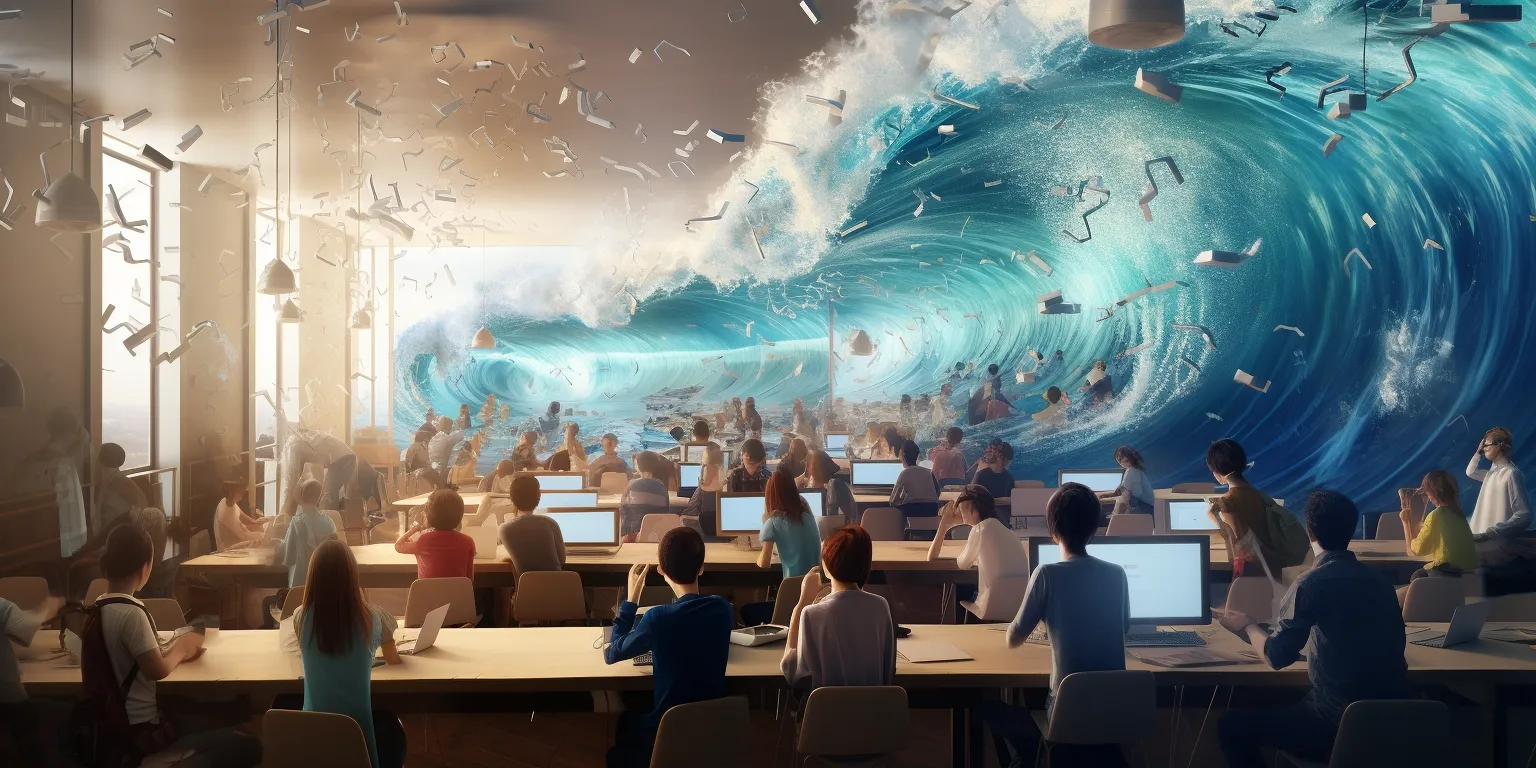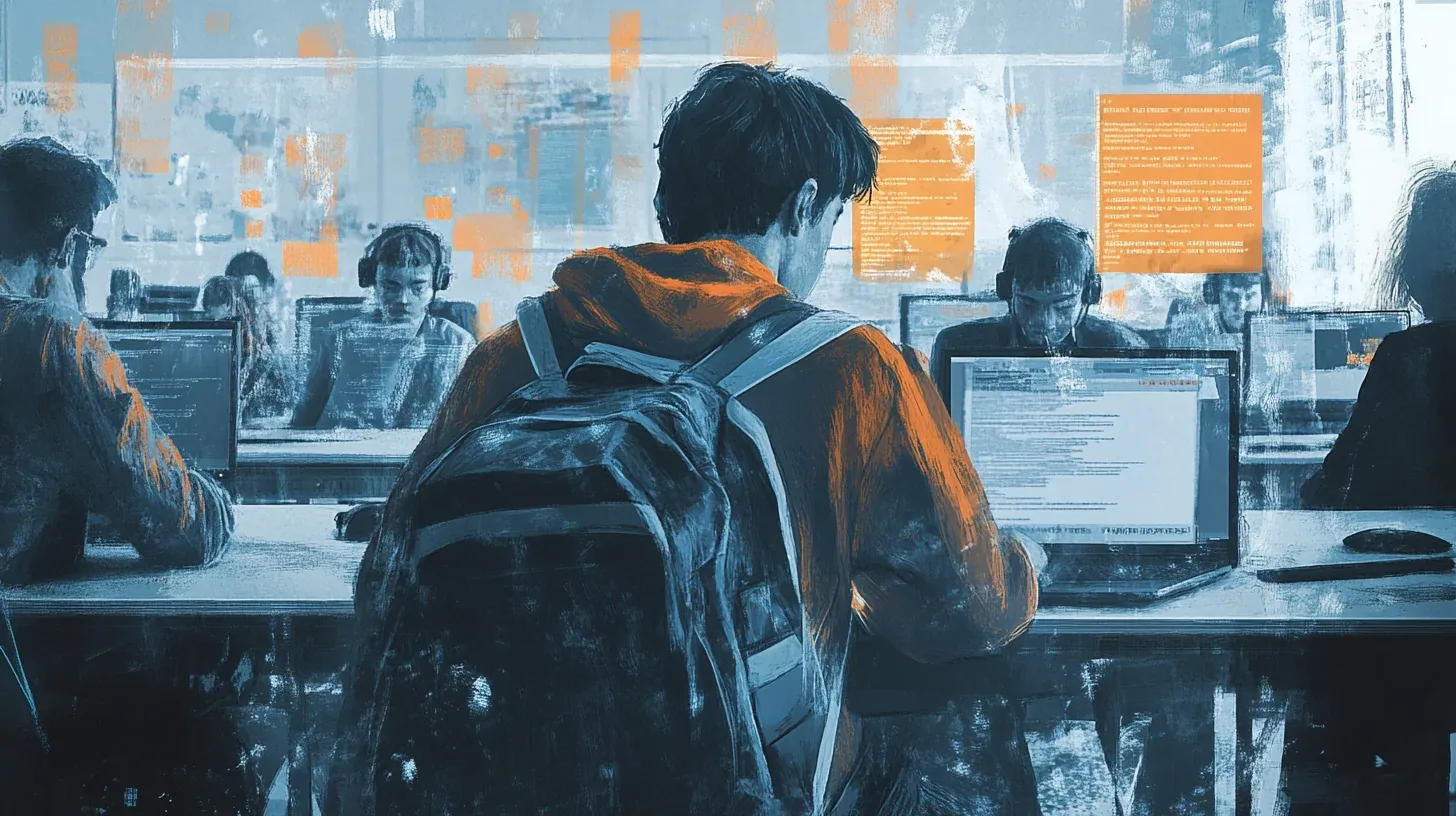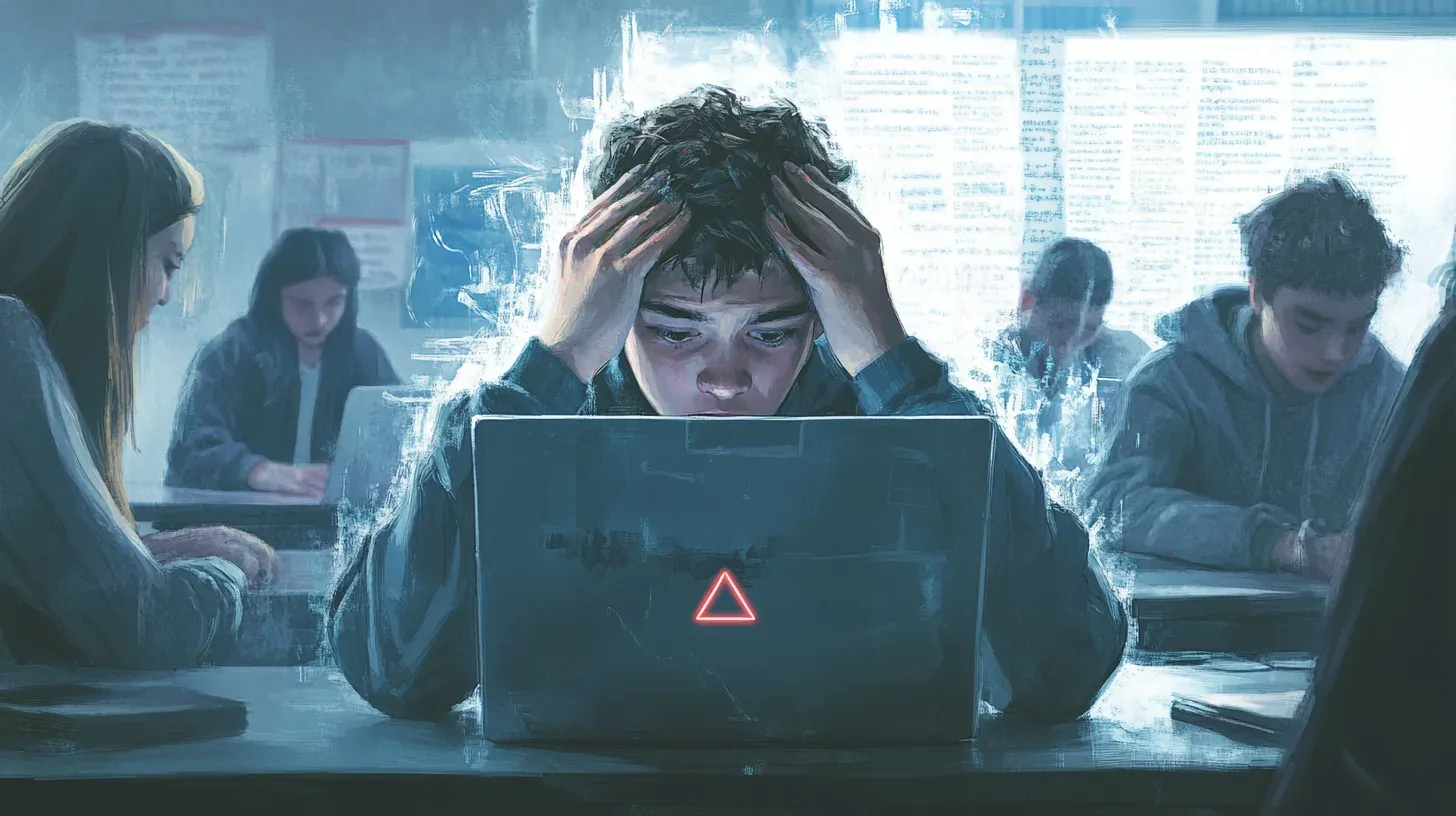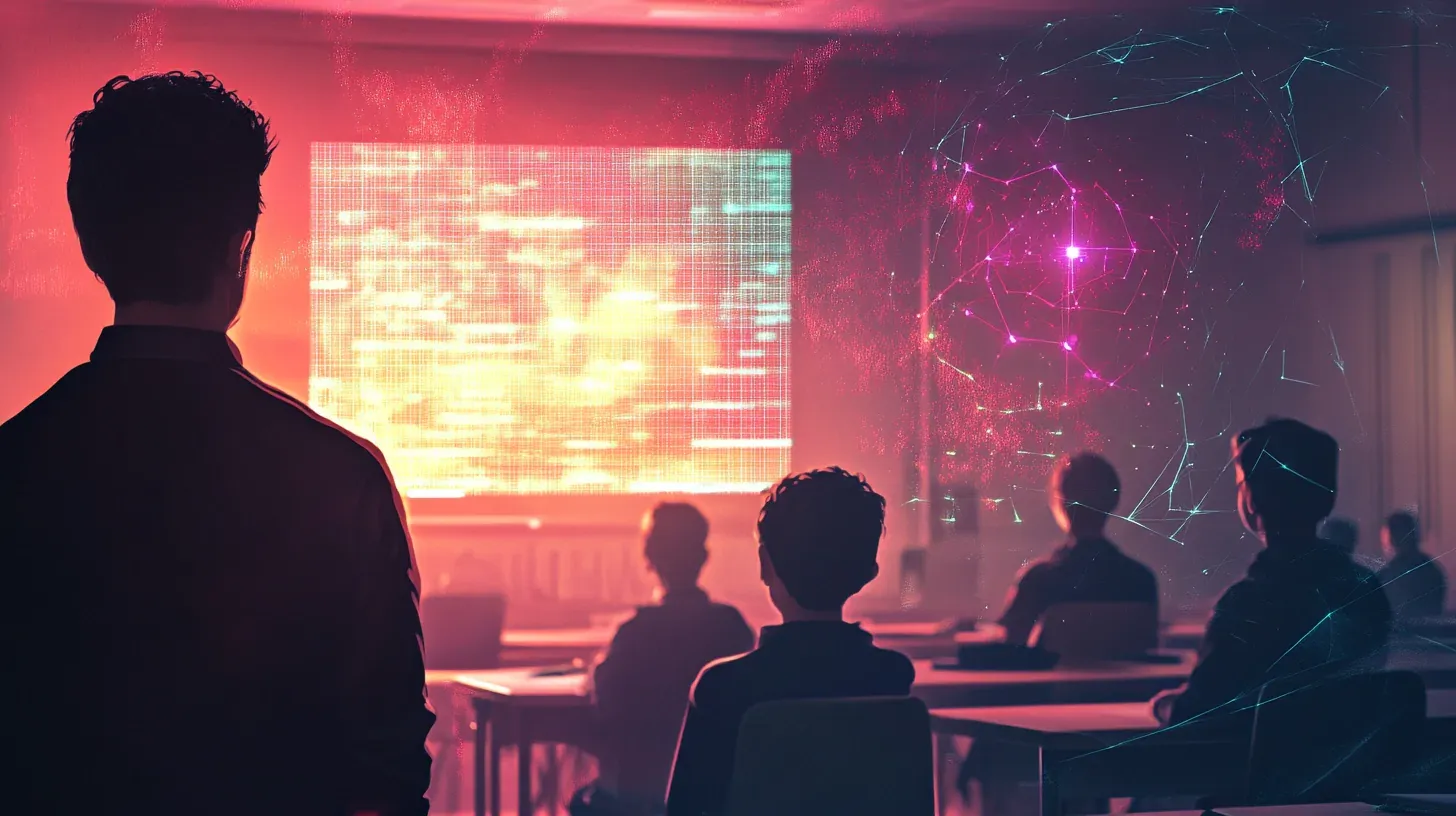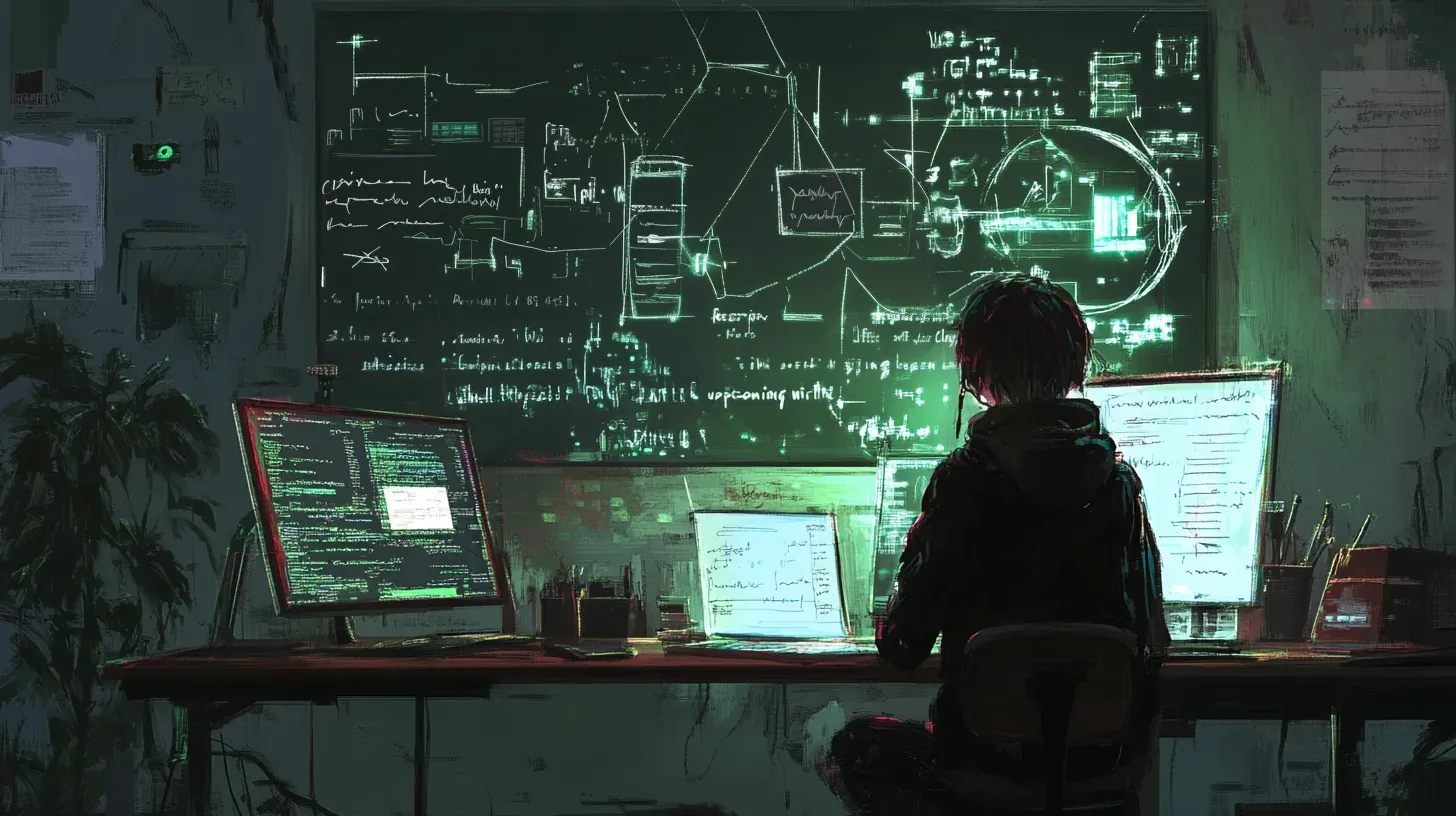It is autumn vacation, and we have chosen to adapt our newsletter so that you may have a little more time than usual, and thus also the opportunity for more immersion. We start with the fact that the government has allocated 100 million to research into artificial intelligence that ChatGPT can generate and interpret images, and we also have several references to news and podcasts that are worth exploring during the holidays.
Happy reading/listening!
The government allocates DKK 100 million to research into artificial intelligence
For Denmark to compete in artificial intelligence in the future, Minister for Higher Education and Science Christina Egelund (M) will allocate DKK 100 million from the research reserve to research within artificial intelligence. The amount will be used for research that focuses on both artificial intelligence's positive and negative aspects.
Christina Egelund says: "We are starting with a new focus area, as this is. Then you have to start at a pace where the money can be used." The Minister cannot say what will come from the research at this stage.
It is interesting how other countries, such as the United States, can do so. Germany is increasing its public support for research into artificial intelligence by 7.4 billion Danish kroner over the next two years.
Read more here:
ChatGPT interprets and generates images
We've mentioned this feature before in a previous newsletter, but we want to focus on it again because it represents yet another evolution in the possibilities of artificial intelligence.
Seven months ago, Greg Brockman, CEO and co-founder of OpenAI, demonstrated the possibility of ChatGPT interpreting images for the first time. If you want to see how it worked back then, their GPT-4 Developer Livestream is worth visiting. Greg shows you how to sketch a website on a napkin and then has ChatGPT create the working website.
To the present. Now, anyone with the paid version of ChatGPT can generate images with DALL-E 3 and have it interpret the images you upload.
If you haven't purchased access to ChatGPT, you can also try LLaVA, LLaVA, an open-source image-to-text interpreter. It is free to use and can also be used in teaching.
Below, we have collected several examples of image analysis and generation possibilities.
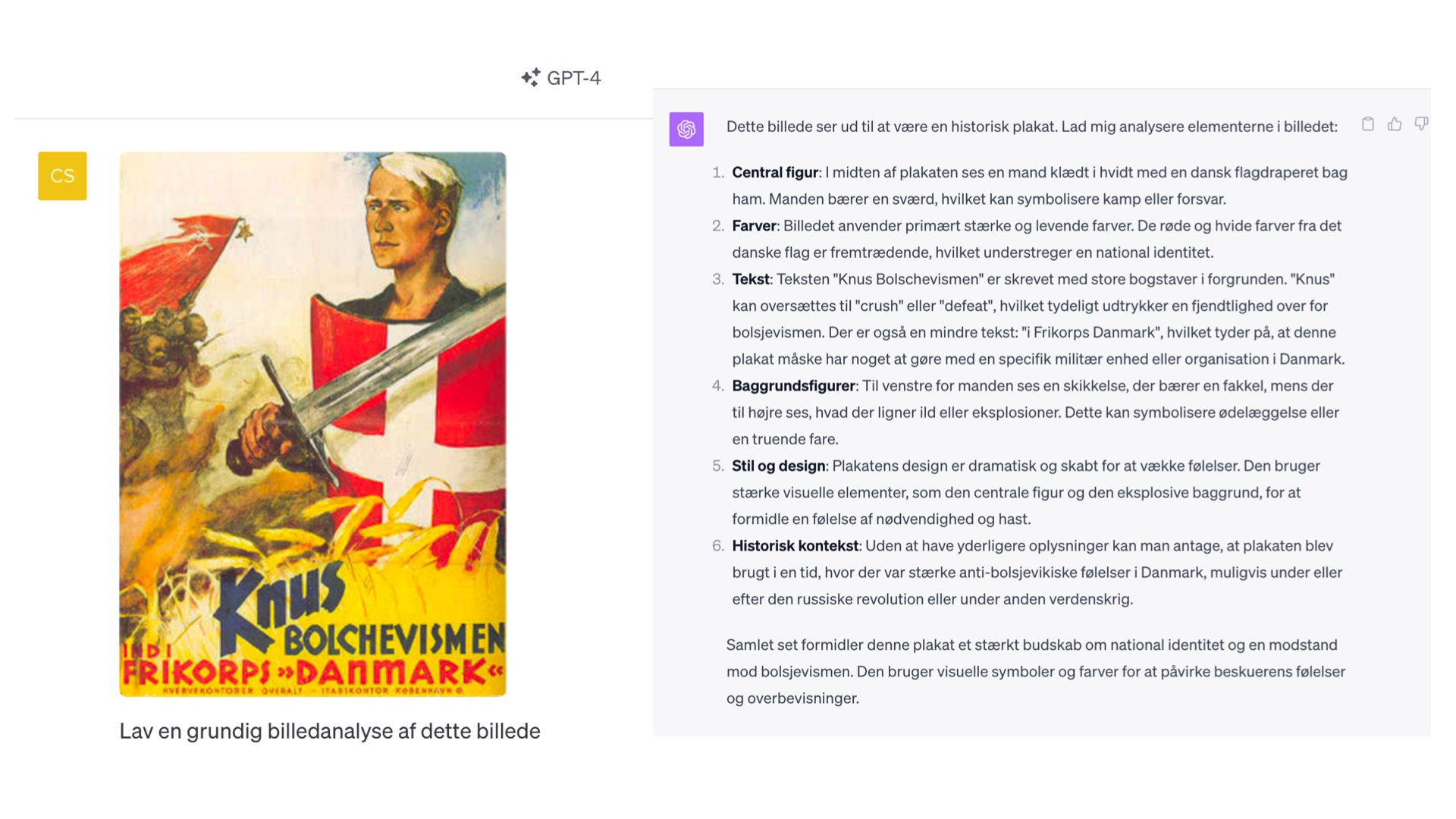
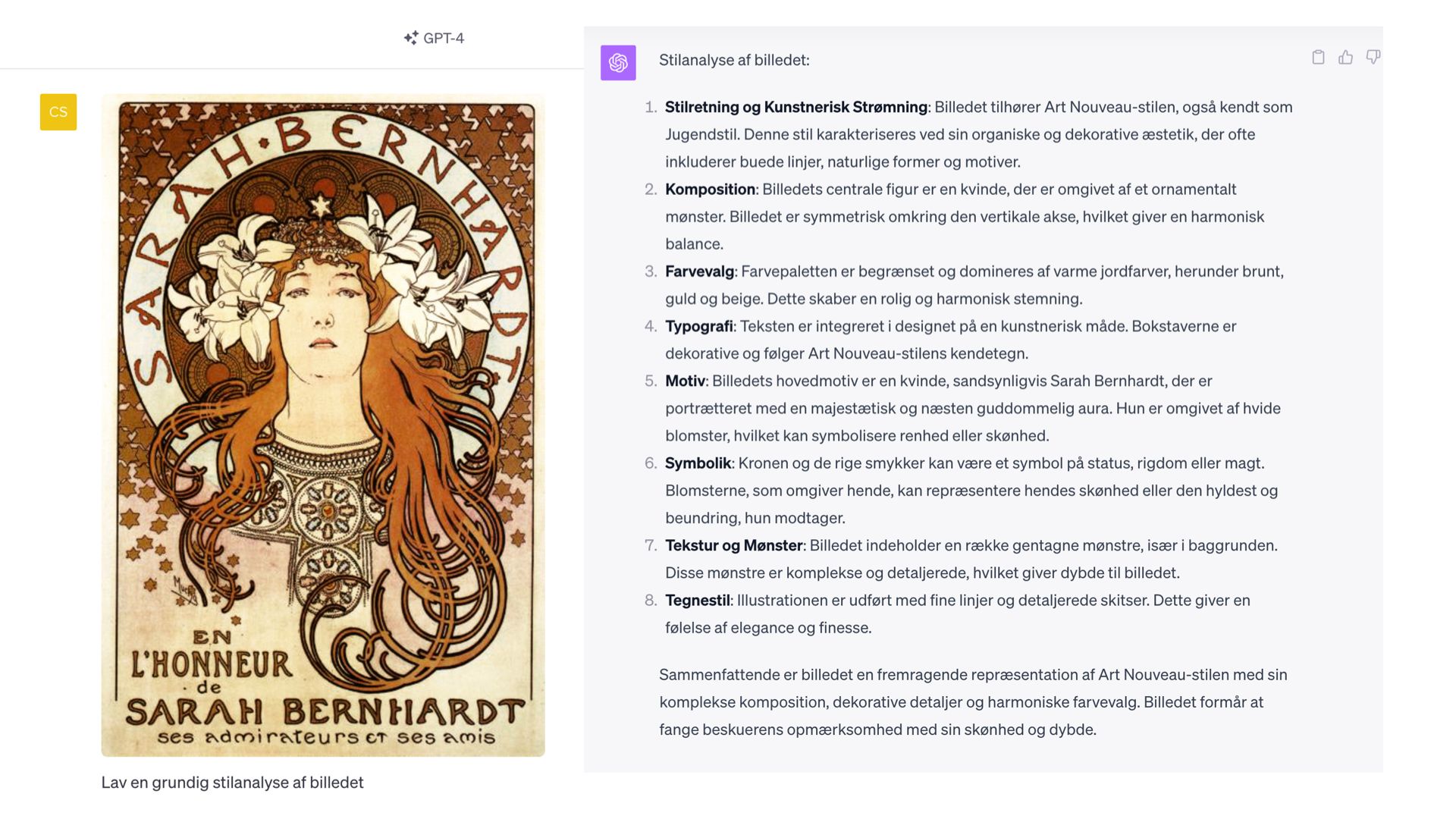
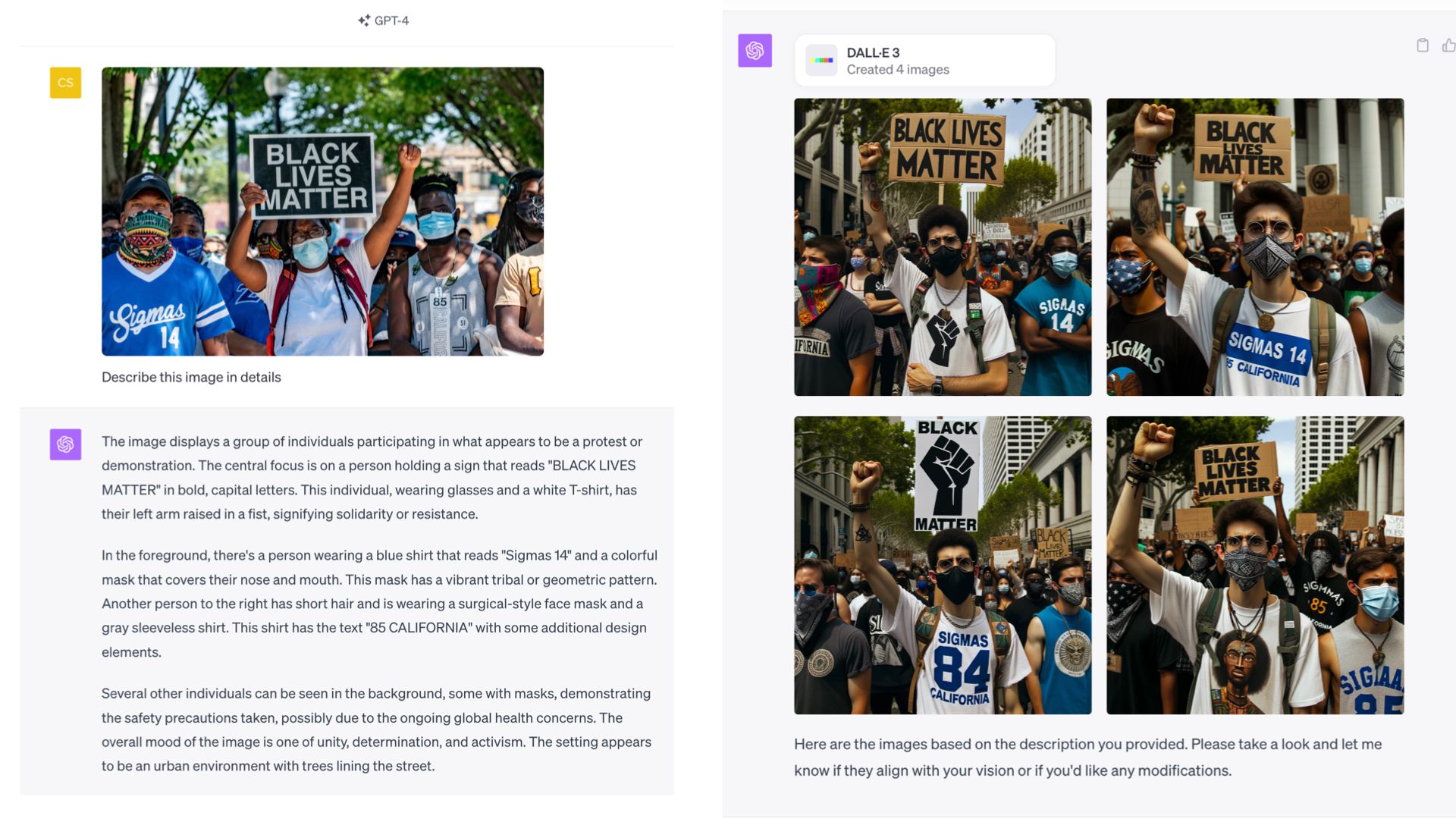
News of the week

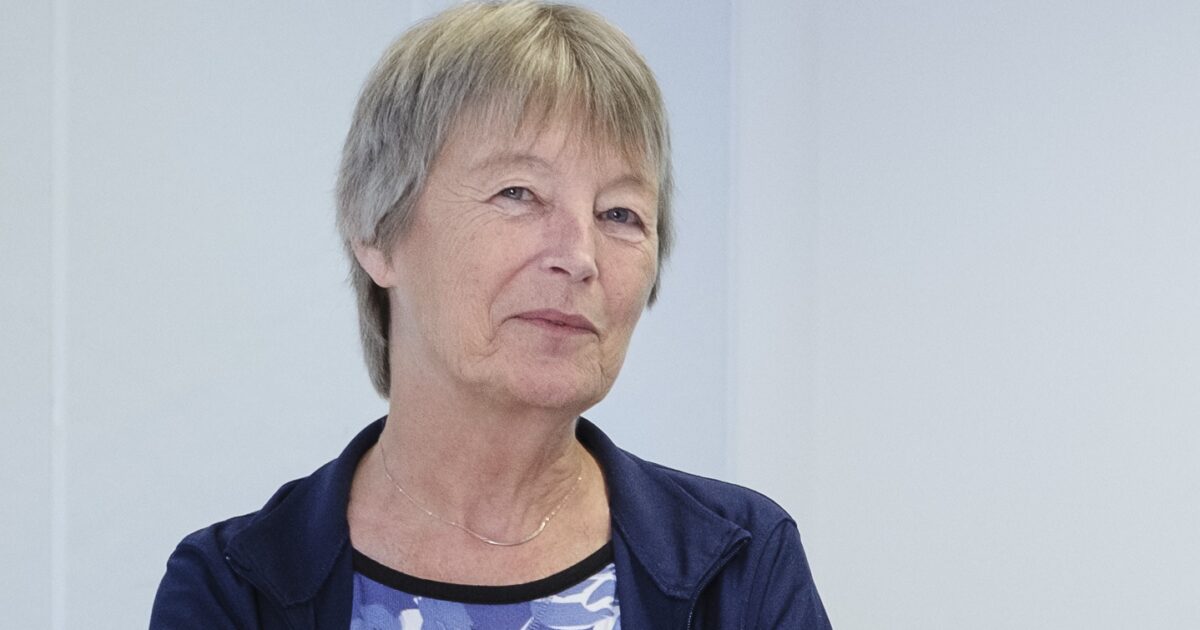
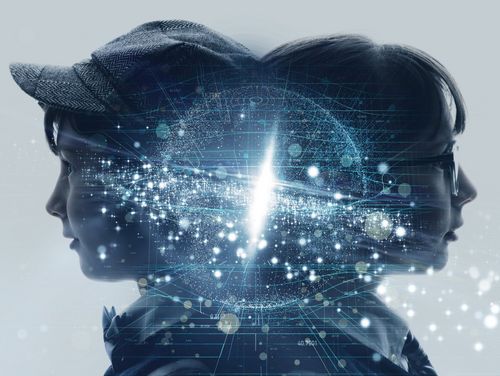

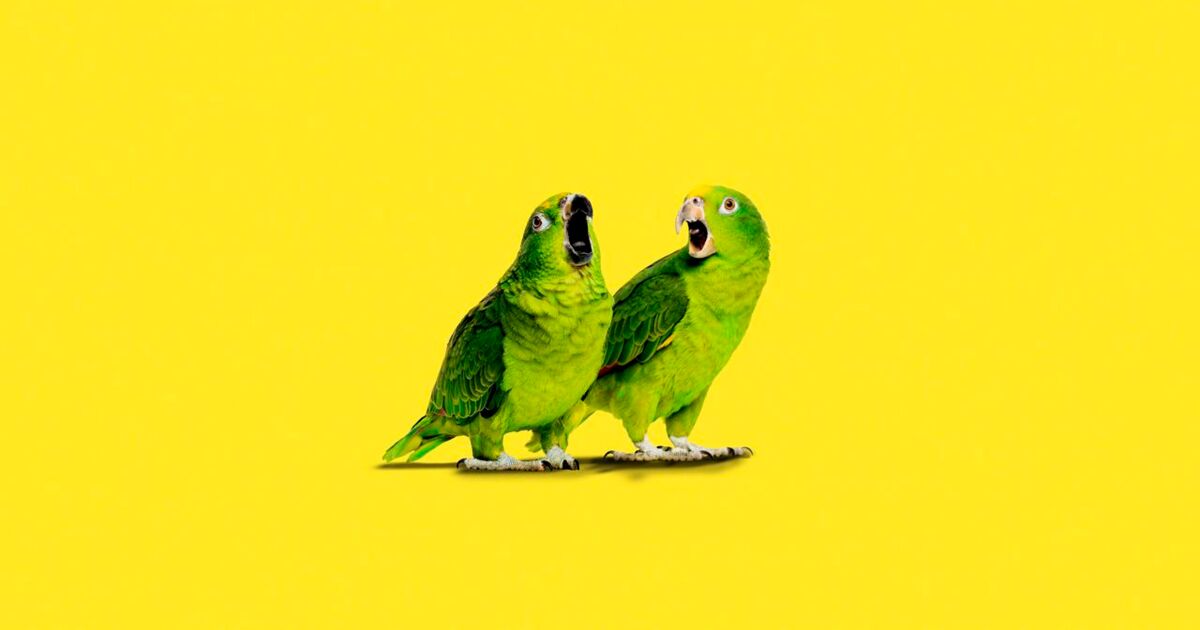
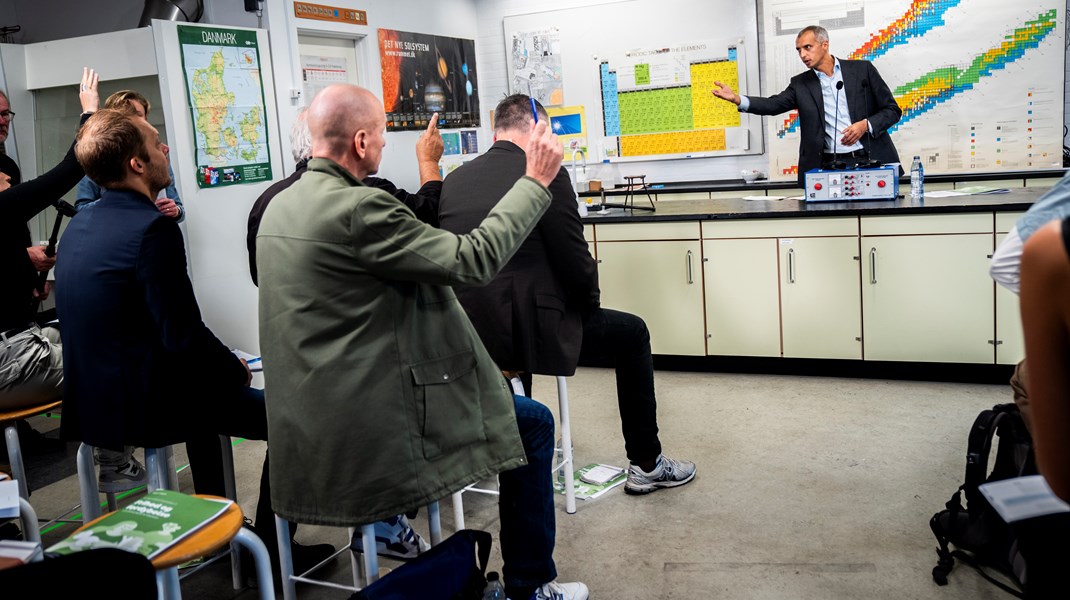
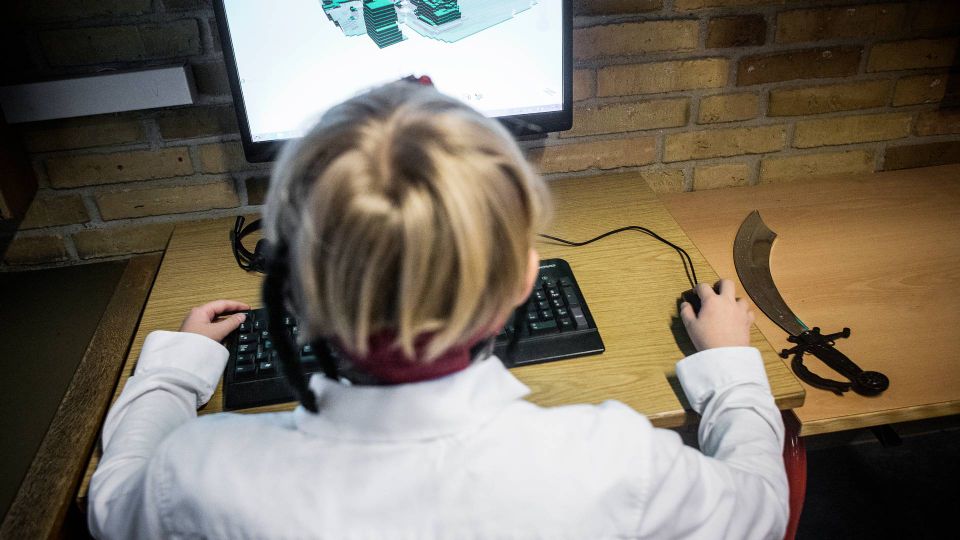
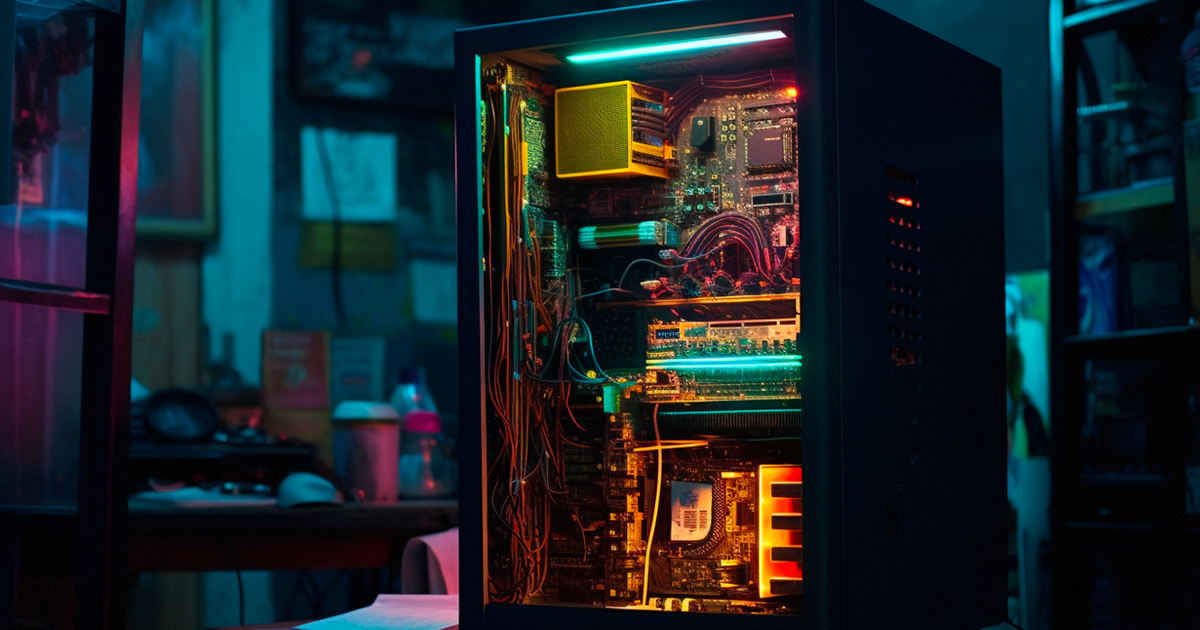
Bag betalingsmur
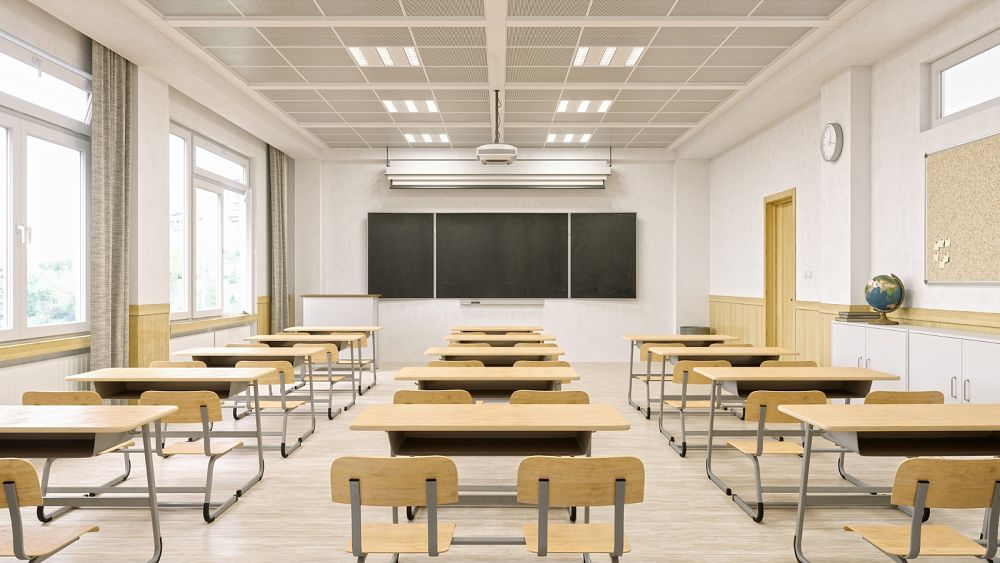
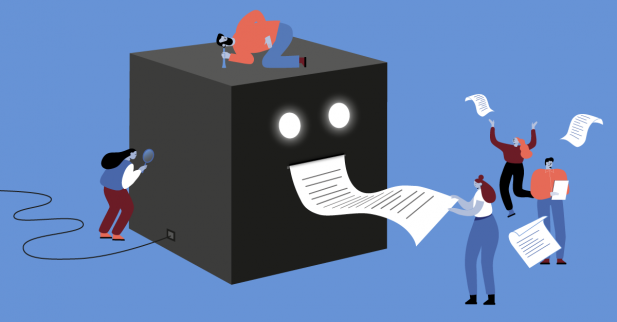

Upper secondary school teachers' Association (GL) position on artificial intelligence
GL believes that artificial intelligence challenges the education sector so much that there is a need for a better understanding and regulation of the technology when it is included in teaching. There is a significant need for didactic development work, including curriculum adaptation and a conscious use of AI tools. While AI can enhance learning, it is essential to find a balance so that basic skills such as writing and orality are not overlooked.
The examination forms must be revised and adapted to the new reality to ensure credibility. For example, sub-tests could be used where parts of the test are carried out without aids. Maintaining a trusting relationship between teacher and student in this new digital era is essential. At the same time, it is vital that teachers do not face the challenges of everyday life themselves, and offers of in-service training are established.
Read GL's complete text on artificial intelligence below:

AI Regulation: Content, requirements, and implications for the education system
Claus and Per will host an online webinar on the AI scheme on 26 October 2023 from 16-17.
What does the AI regulation mean for using, e.g., generative AI in education? Which technologies are regulated, what should we pay attention to in the education sector, and how is regulation implemented?
The AI regulation raises some crucial questions about how the regulation of artificial intelligence will shape the education system in the future. This presentation will explore the AI Regulation, particularly the potential opportunities and implications for teaching and learning. We also review several examples from the world of education where AI regulation will come in and affect the possibilities of using artificial intelligence.
Sign up below:
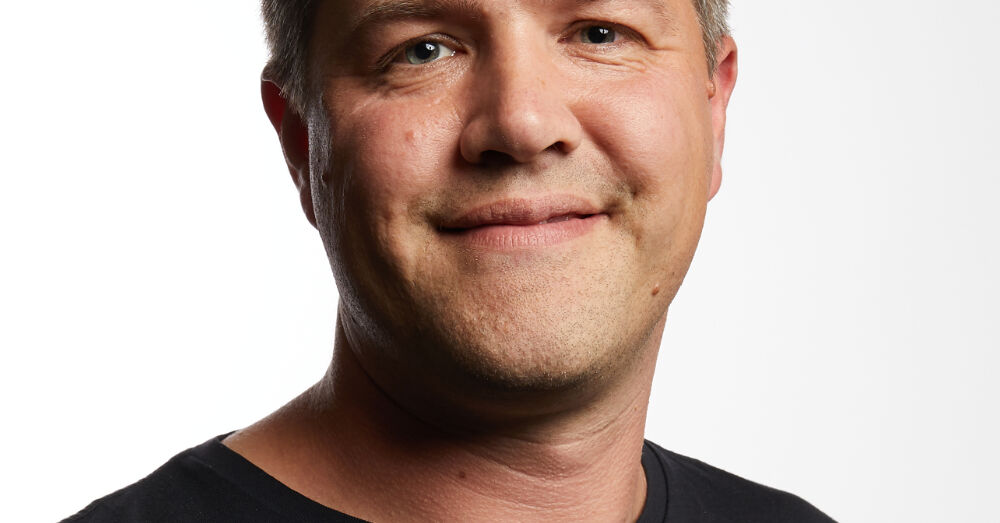
Artificial intelligence in education
The Centre for Teaching Resources (CFU) has published several new articles for STX that deal with using chatbots and technology in education. All articles are available on EMU - Denmark's Learning Portal.

Experimental setup with AI in science subjects
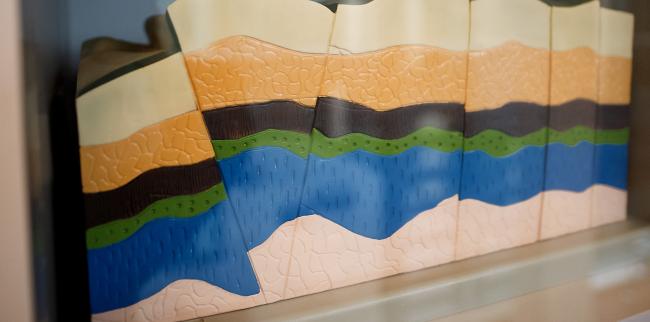
Chatbots as a buddy in natural geography
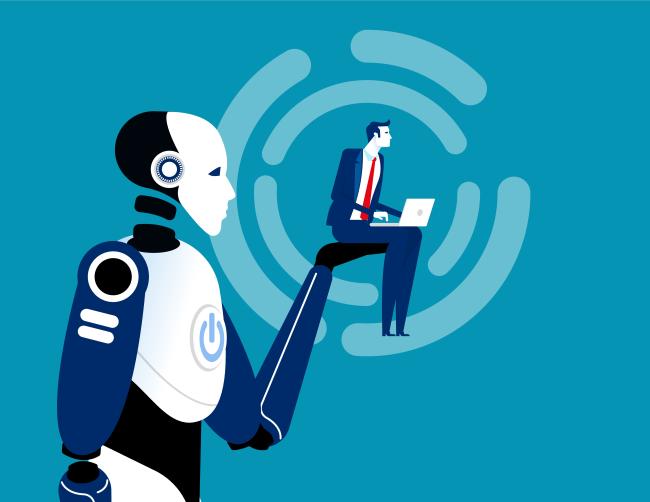
The technological troll mirror
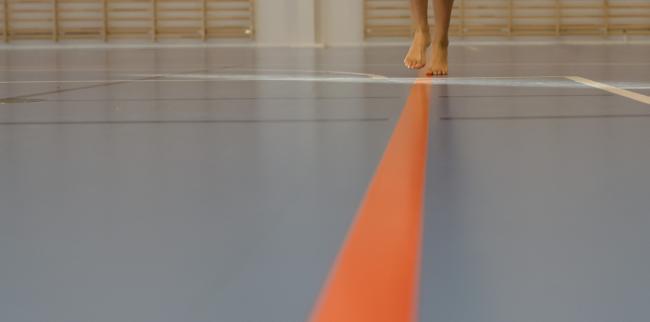
Use chatbots as a trainer - sports.
ChatGPT's Achilles Heel – Find the Fault – Math
See also this spring's articles on chatbots for other subjects: https://lnkd.in/efff89dt
Scientific articles
In our studies, we often come across new scientific articles, and we would like to highlight the most interesting ones.
Can linguists distinguish between ChatGPT/AI and human writing?: A study of research ethics and academic publishing
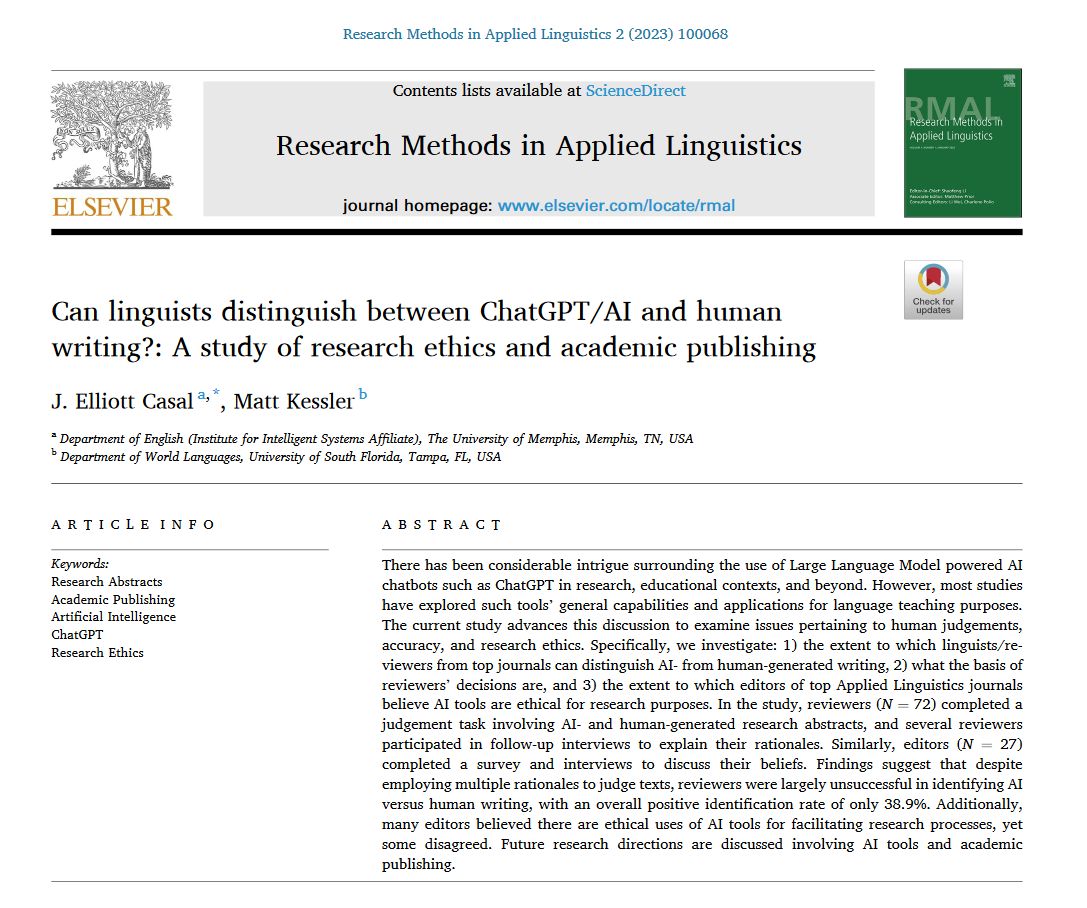
This study investigates whether experts can distinguish between text written by artificial intelligence and humans. The results suggest that reviewers essentially have difficulty identifying AI-written texts about human writing, and only 38.9% of cases succeed in identifying them correctly. This raises important questions about how we understand and evaluate texts when technology is evolving rapidly. It also points to the need for new approaches to dealing with AI-generated content in research and education.
Ugens anbefaling

This week, we have chosen to focus on the book Argument for People by Christiane Vejlø. The book is based on how technology is changing how we are human. In particular, it focuses on the fact that language models are designed to help us and can take on roles such as our boyfriend or best friend or even take over our jobs. While this may seem frightening, the book emphasizes the importance of cultivating those aspects of our lives that make us unique and human, such as emotions, music, poetry, and philosophy.
Arguments for People gives the reader an insight into the new technology and is a must-read for those who want to understand the balance between technology and humanity in the modern era.
Find the book here:
Podcasts
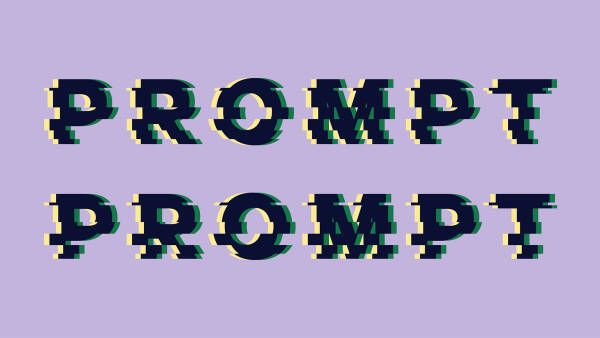

Machine Learning & Human Intelligence
Professor Rose Luckin published the book "Machine Learning and Human Intelligence: The Future of Education in the 21st Century" in 2018 and has now released it as open source, which means it is free to read.
You can download it here:

